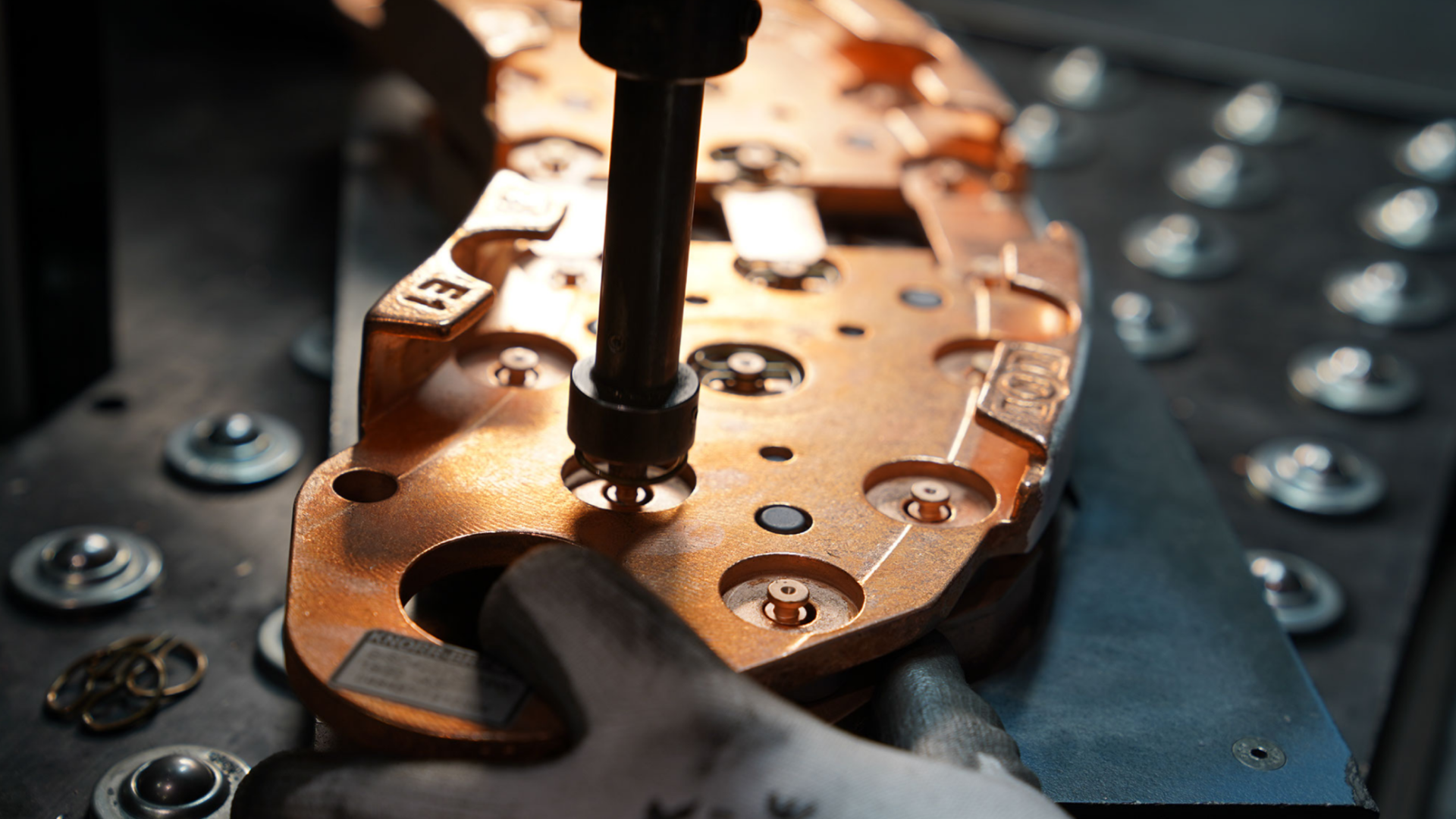
Sustainability and ecology in particular are global issues that affect every industry, without exception. Growing social awareness, as well as political decisions and legislation, demand active, inventive thinking and positive action across all sectors. Rail mobility is already regarded as the eco-friendliest, “greenest” mode of transportation. Even so, the industry is still striving to further reduce its own footprint by introducing new technologies and making the most of the opportunities offered by data-driven systems and services.
These go far beyond “conventional” solutions such as energy-efficient driving based on digital Driver Advisory Systems (LEADER), or reducing carbon and noise emissions. Our retrofitted cutting-edge sanitary systems feature vacuum technology and offer hygienic, water-saving, non-polluting wastewater disposal. We provide state of the art technologies for distributing, filtering and cleaning the air in trains.
Become more competitive and respond to critical public expectations by optimizing your carbon footprint. Reduce your operating costs by paying a fixed, regular service fee to meet binding emission targets. Or only pay for upgrades once you start to make a profit out of your modernized rail vehicles. By using Knorr-Bremse products and services, you save energy, reduce noise and water consumption, and purify the air in your passenger compartments.
Contact
80809 München
Deutschland - Germany
sales.sfs@knorr-bremse.com

Data transmission to YouTube
Data is only transmitted to YouTube when you click on “Agree”.
Please refer to the privacy policy of YouTube for more details
The RailServices World

Because there’s no substitute for vehicle and fleet availability.
Mobility is becoming increasingly complex, meaning that all maintenance and operating processes need to be as transparent as possible.
Read more
Because it reduces costs, enhances efficiency and becomes more competitive
Rising demand and ongoing urbanization are fundamentally changing the way passengers and freight are moved around.
Read more
Because rail is set to become the backbone of tomorrow’s mobility
To deliver the mobility of tomorrow, operators will have to respond faster and more flexibly to new challenges and requirements. After all, many things will change over a rail vehicle’s operating life.
Read more